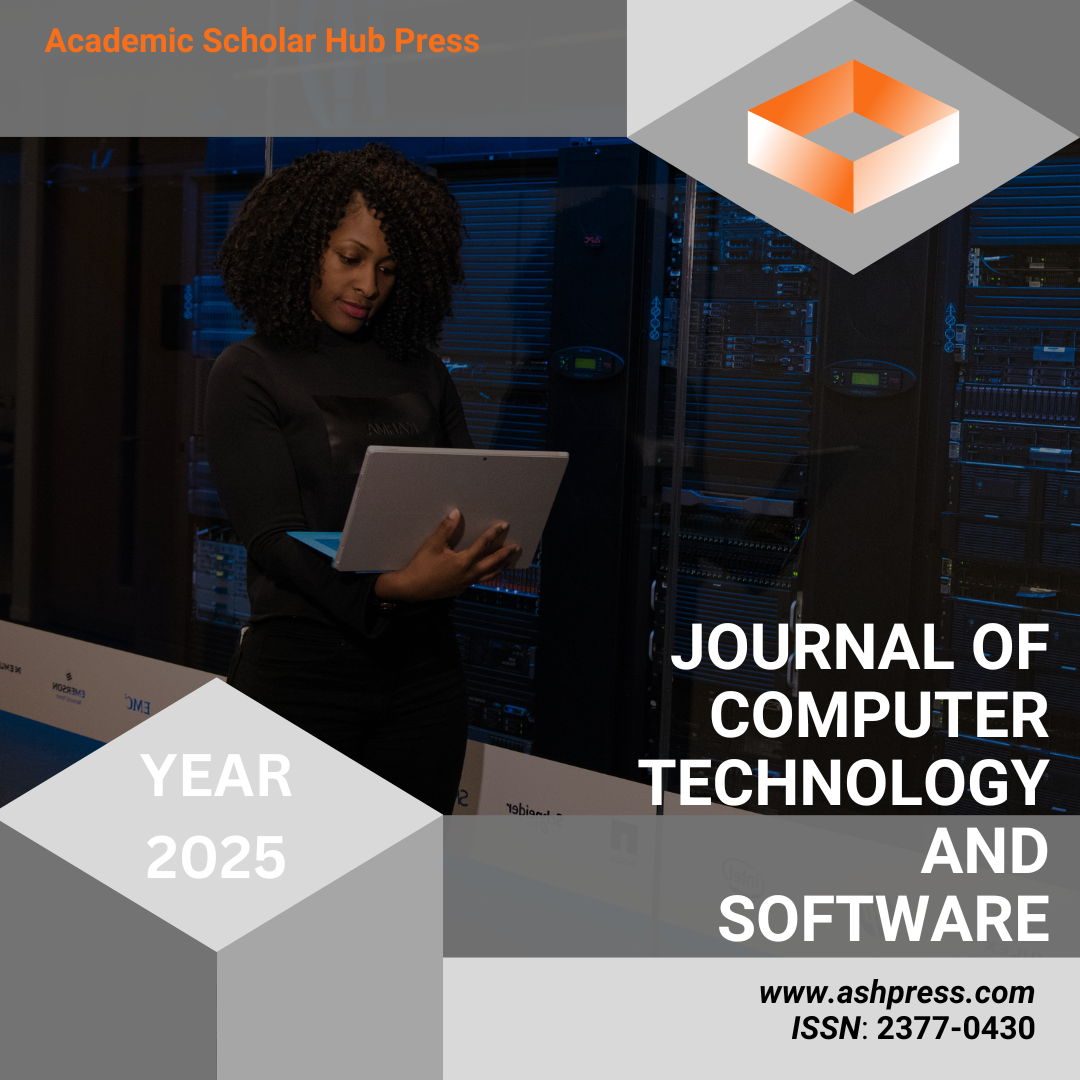Published 2025-05-30
How to Cite

This work is licensed under a Creative Commons Attribution 4.0 International License.
Abstract
This paper focuses on the modeling and forecasting of realized volatility in the stock market and proposes a deep learning method based on time-series diffusion models. The aim is to improve the characterization and prediction accuracy of financial market volatility dynamics. The proposed method models the evolution of realized volatility through a generative process composed of forward noise perturbation and reverse denoising reconstruction. Specifically, historical returns, technical indicators, and positional encodings are used as sequential inputs to a time-aware Transformer module. The extracted temporal dependencies are then integrated into a conditional diffusion model, which predicts future volatility along the generative trajectory. To validate the effectiveness of the method, high-frequency historical data of the S&P 500 index from 2005 to 2021 are used as the experimental foundation. Realized volatility sequences are constructed and used for regression modeling. The proposed diffusion model is compared with several traditional machine learning models and deep neural network architectures. Across metrics such as mean squared error, mean absolute error, and R-squared, the diffusion model shows superior performance. The results demonstrate that it can more accurately fit the true distribution of volatility and is especially effective in capturing sudden fluctuations and non-stationary dynamics. In addition, the study presents the model's training and prediction performance through various visualizations. These include loss function curves, prediction-versus-actual plots, and scatter diagrams. These results provide further evidence of the model's validity and forecasting capability.
